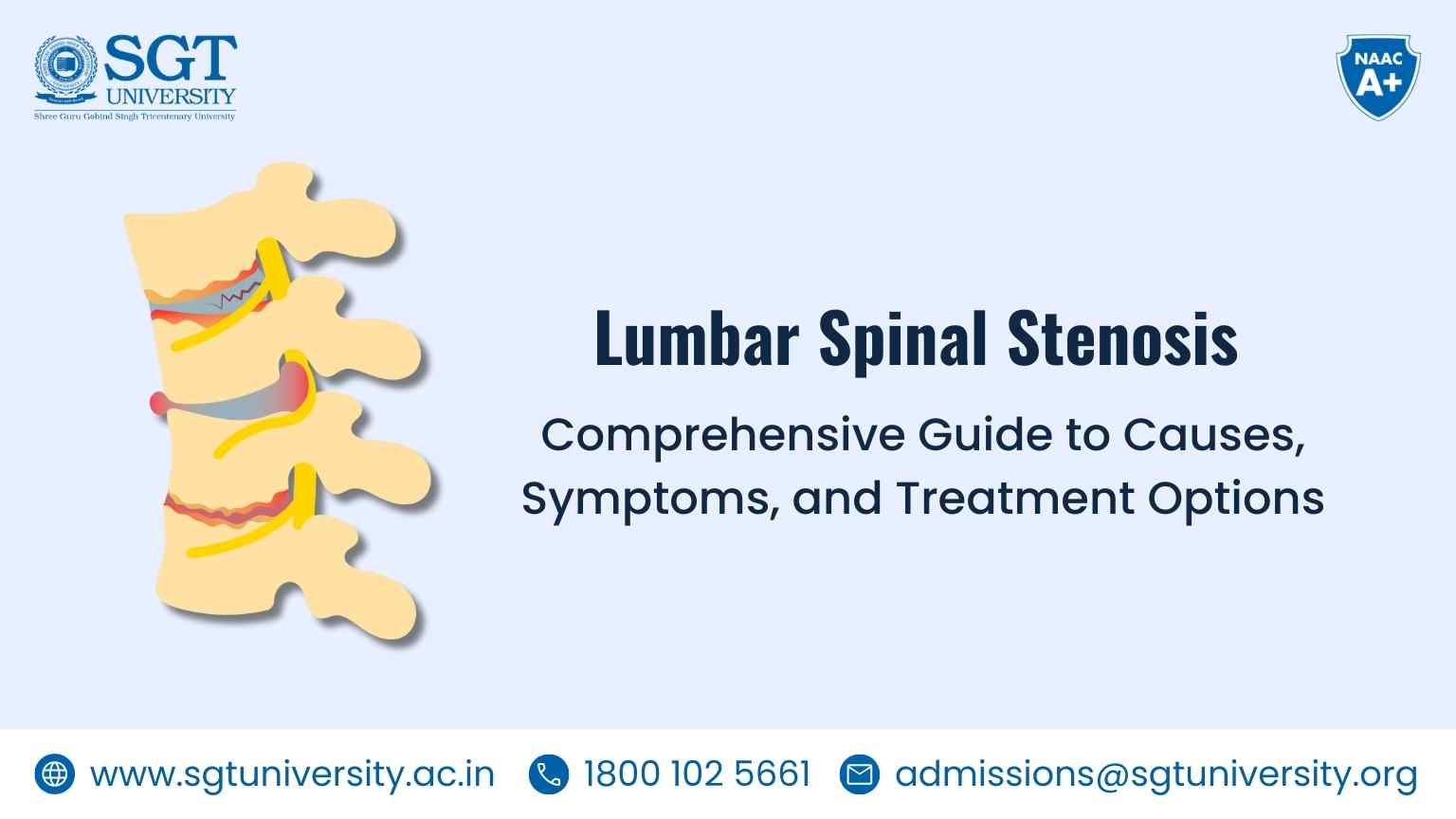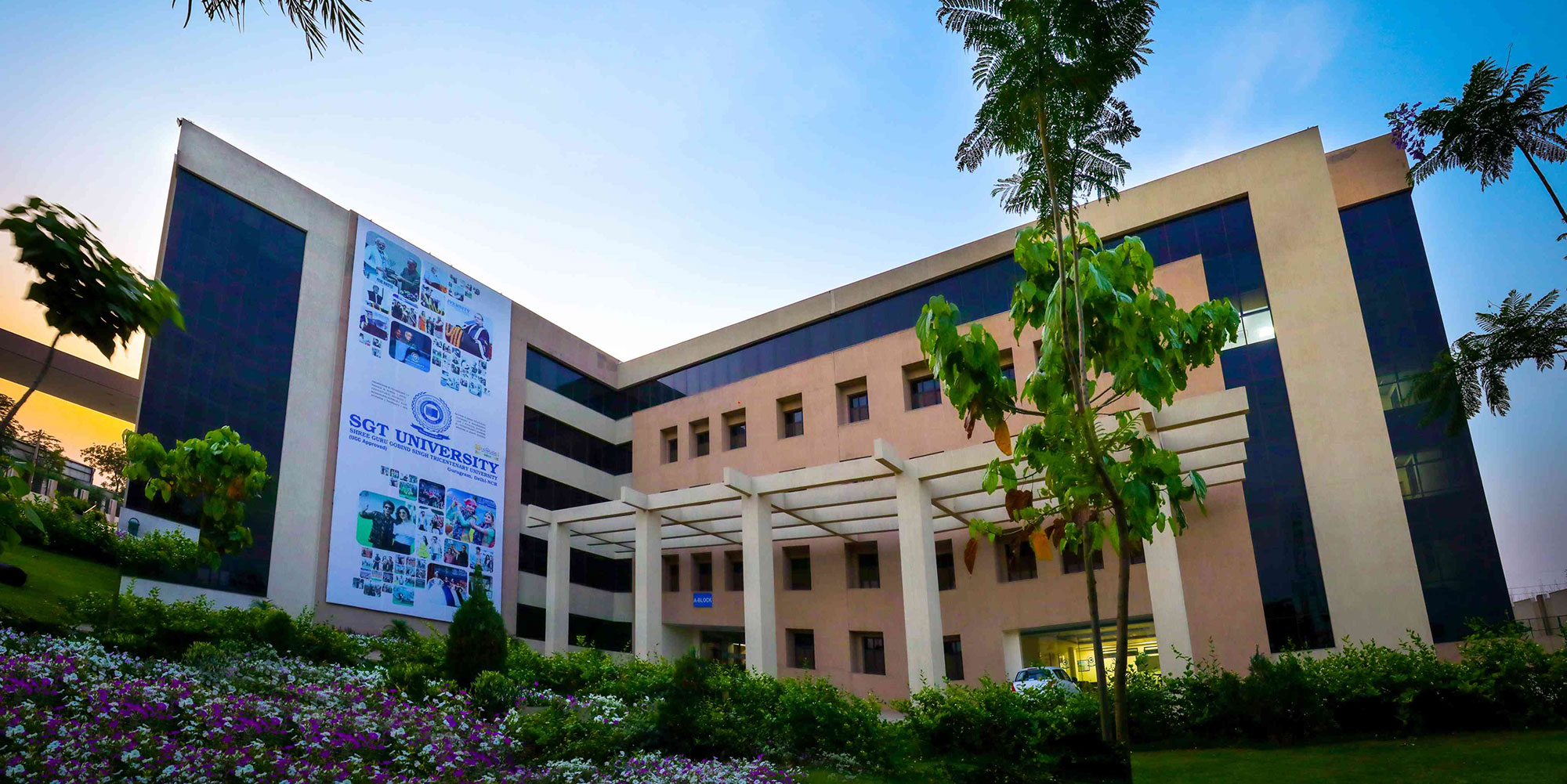Lumbar Spinal Stenosis - What More You Need to Know!
If you experience back pain, you’re not alone. In India, nearly 60% of the people have significant back pain at some time or the other in their lives. Back pain is a relatively common condition and a major health and socioeconomic problem. Lumbar Spinal Stenosis (LSS) is recognized in about 20% of patients of LBP while it is attributed to Lumbar Disk Herniation (LDH) in 80% of cases. LSS is a medical term in which the spinal canal becomes narrowed, which places pressure on the spinal cord and causes symptoms like back pain, numbness, tingling, and muscle weakness. This condition can occur anywhere in the spine but is most common in the lower back or lumbar region. Anatomically LSS is classified as central and lateral stenosis and on the basis of etiology, it is of two types: Primary stenosis and secondary stenosis. The risk factors associated with LBP includes age, sex, occupation, lifestyle, socio-economicstatus, smoking habit. LSS can impact a person’s quality of life, lead to activity and participatory restrictions and affect psychosocial wellbeing andis a significant cause of disability among ageing population. The cause of spinal canal narrowing is multifactorial, it can be degenerative changes of the spine which typically involved facet joint hypertrophy, ligamentumflavum thickening and disc bulging and protrusion, alone or in combination. The signs and symptoms of LSS include pain, paresthesias, numbness, and weakness in the back and legs. Neurogenic claudication (NC) is one of the hallmarks of LSS which is described as the classic clinical presentation of progressive onset of radicular pain, paresthesias, numbness, and eventually in some cases weakness, initiated or worsened by walking. The diagnosis of lumbar canal stenosis is based on the clinical history and findings on physical examination and imaging is often necessary to determine the exact level of stenosis and the severity of the stenosis. Magnetic Resonance Imaging (MRI) and Computed Tomography (CT) scan is widely used diagnostic tools which confirm the presence of spinal stenosis.
Physical therapy is an effective way to relieve pain and improve range of motion, flexibility, and muscle strength. Being active is particularly important for patients with spinal stenosis as these patients often try to avoid physical activity because of their pain. Building up muscle strength helps to manage pain over time. Physical therapy is accepted conservative treatment for spinal disorders, generally includes flexion exercise, pain relieving modalities and orthosis. There is an integrated exercise protocol which is effective in managing Lumbar spinal stenosis. A comprehensive rehabilitation program of manual therapy, stretching, and strengthening exercises for the lumbar spine and hip region have also been advocated in the physiotherapeutic management of LSS. If conservative treatment or therapeutic modalities options are not enough to manage the symptoms and condition become worst which is affecting the quality of life, surgery is an effective treatment option. The goal of spinal stenosis surgery is to eliminate the pressure on the spinal cord. The most common surgical procedure involves a laminectomy, laminotomy, or laminoplasty to create more space within the spinal canal.
Dr Saurabh Kumar
Assistant Professor
Faculty of Physiotherapy
SGT University, Gurugram


